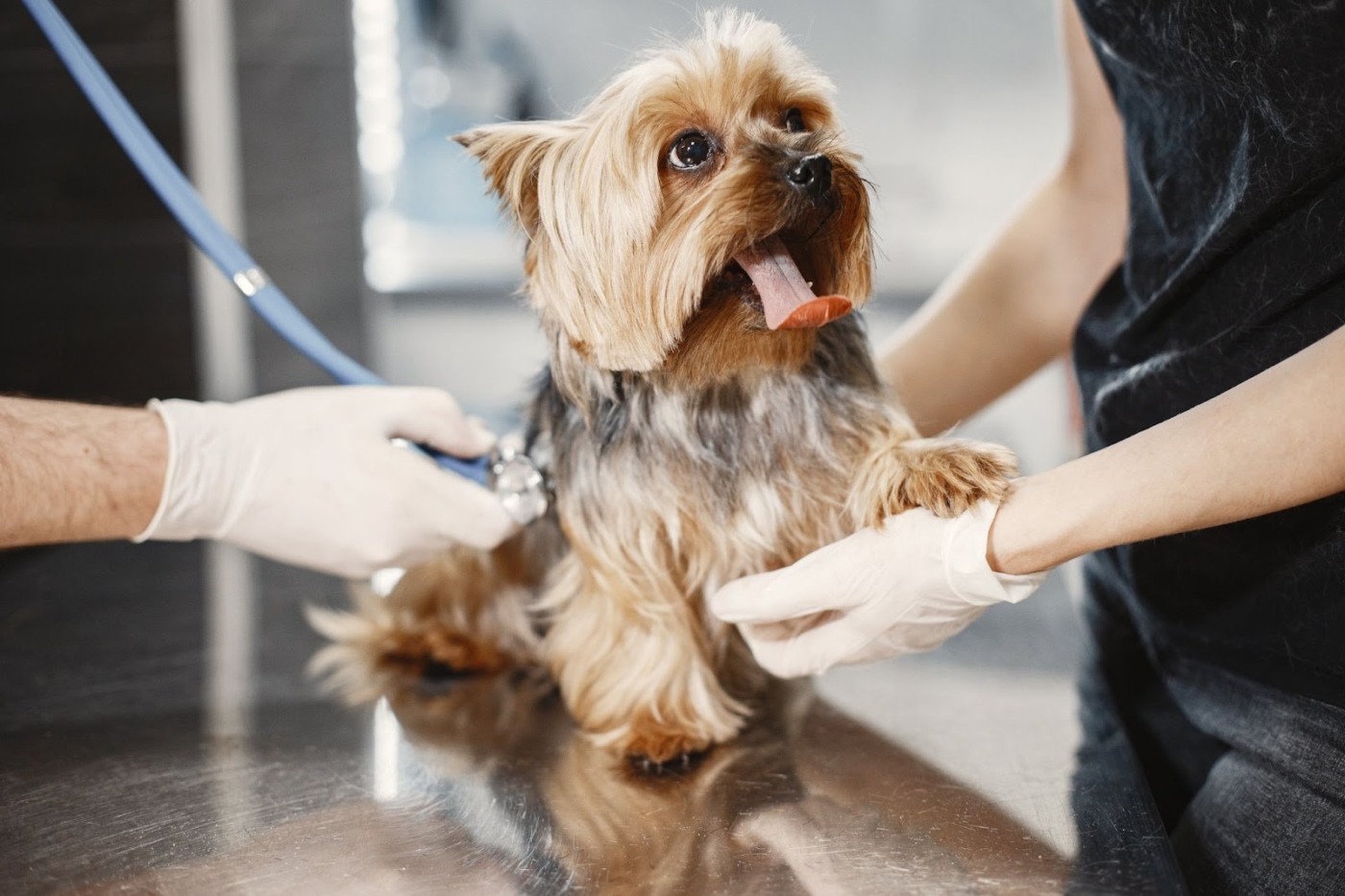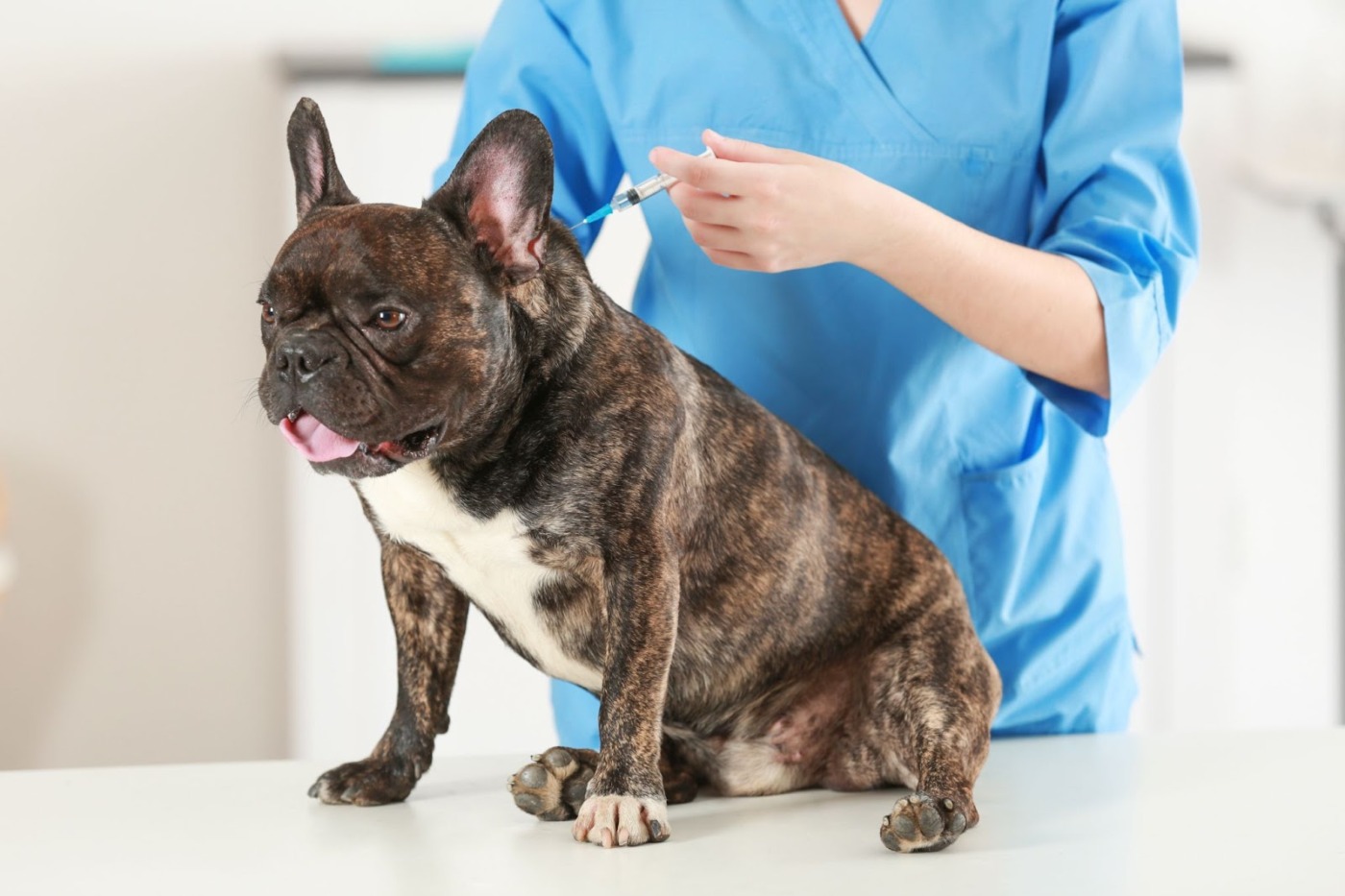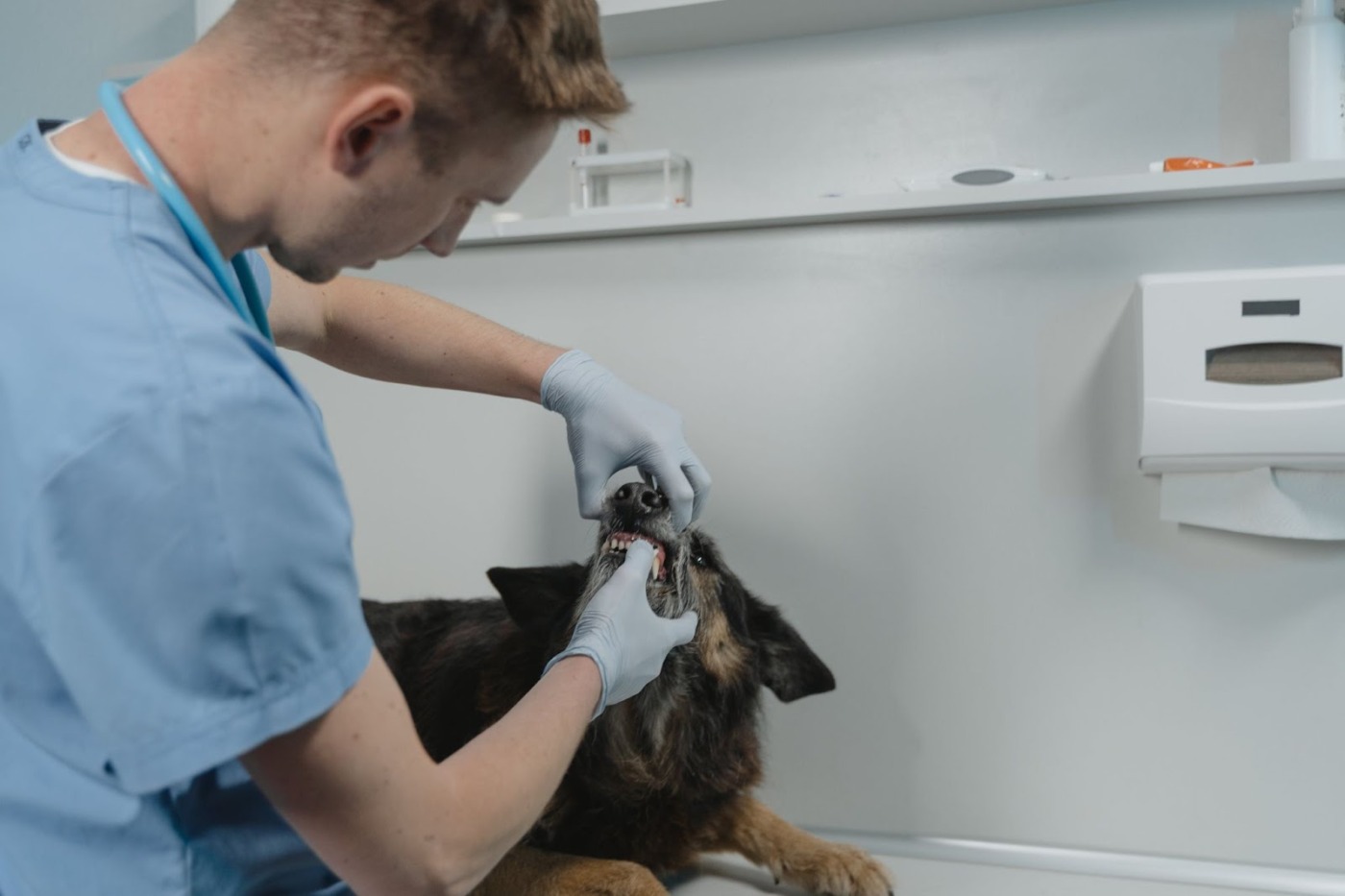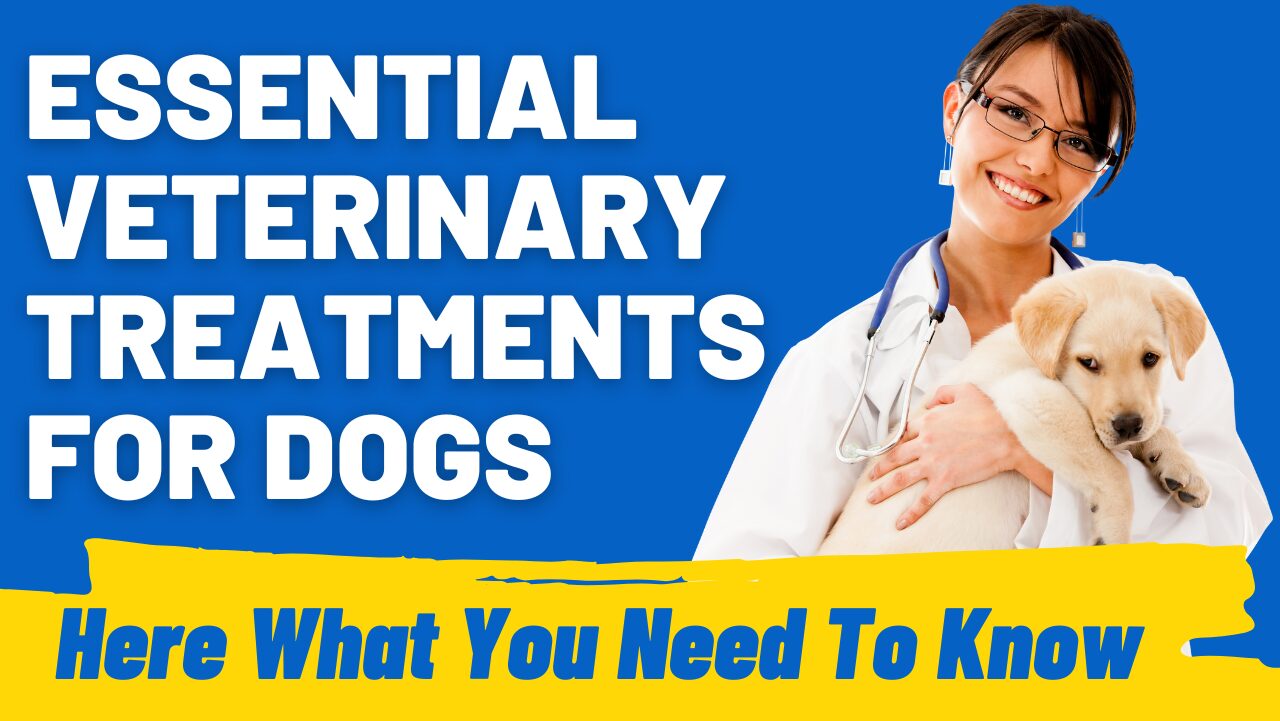Essential Veterinary Treatments for Dogs: A Complete Care Guide
Although dogs appear to be energetic and full of vigor all the time, they also get sick. Since they age faster than humans, they require proper health care to keep them in tip-top shape until old age.
Veterinary treatment for dogs can vary depending on your dog’s medical needs. They can experience mild to life-threatening diseases that require immediate treatment. To prevent these, dog owners need to understand the basics of canine health care.
This guide will shed some light on different aspects of veterinary treatment and hopefully help you provide the medical care your dog needs.
What Are the Basics of Canine Health Care?

Aside from feeding, exercising, and training your dog, you should also pay attention to its health. Once you bring your puppy home, you will be responsible for keeping it healthy throughout its lifespan.
This is a huge responsibility as an owner, but having a healthy puppy will surely pay off in the long run. To start, you must learn basic canine health care, which involves routine checkups, vaccinations, and preventive care.
You must also be aware of your dog’s changing healthcare needs at different stages of its life. During puppyhood, you need to focus on puppy health checkups and preventive healthcare measures to reduce the likelihood of acquiring diseases and parasites.
As your furry friend gets older, their nutrition requirements change, and they become susceptible to weight-related problems and illnesses related to old age. At this point, you must prioritize routine check-ups, weight management, and dental care.
How Do Veterinary Diagnoses Work for Dogs?
In the veterinary world, it can be quite challenging to diagnose health issues in dogs since they can’t talk. They mainly rely on information from fur parents regarding their pet’s medical history. After that, they perform physical examinations and laboratory tests, if needed.
During a physical evaluation, your vet will weigh your pup and check their ears, mouth, and eyes. They will also evaluate their breathing and heart rate. After this, the vet may have an initial diagnosis and may suggest an appropriate treatment plan.
In other cases, your vet may need further diagnostics to identify the specific problem your dog is experiencing. They may require one or several tests to be done on your dog, including a blood, urine, poop, or skin test.
If they suspect an injury, your dog will need to undergo an X-ray examination to check for broken bones. Some illnesses, like kidney stones, tumors, and heart diseases, may also require an X-ray.
For dog parents, it’s important to recognize the signs and symptoms of a suspected illness so you can give a detailed report of what your pup is going through. This, along with the results of the examinations, can help your vet make a final diagnosis.
Ready to read our post about Can You Use Polysporin on Dogs: (Veterinarian Answer)?
Recognizing Signs of Illness in Dogs
The process of canine illness diagnosis is only possible if you can easily recognize the signs that your dog is sick. Although these can vary depending on the specific condition, there are some common indicators that your dog is unwell:
- Changes in Appetite: Loss of appetite or excessive hunger could signal a problem. A sudden disinterest in food or an increase in appetite when the dog normally eats moderately could both indicate issues.
- Vomiting or Diarrhea: Occasional vomiting or diarrhea might not be alarming, but persistent or frequent occurrences can indicate an underlying problem.
- Lethargy or Weakness: If your dog is unusually tired, lacks energy, or appears weaker than usual, it could be a sign of illness.
- Changes in Drinking or Urination: Increased thirst and urination, or a decrease in both, might signal an issue like kidney disease, diabetes, or urinary tract problems.
- Breathing Problems: Labored breathing, coughing, or wheezing can indicate respiratory issues, heart problems, or other serious conditions.
- Changes in Behavior: Unusual aggression, anxiety, confusion, or other behavioral changes might indicate pain or discomfort.
- Limping or Lameness: Difficulty in walking or favoring a particular limb could suggest joint problems or injuries.
- Skin or Coat Changes: Rashes, bald patches, excessive itching, dryness, or oily skin might indicate allergies, parasites, or skin infections.
- Weight Changes: Rapid weight loss or gain without changes in diet or exercise could signal health issues.
- Foul Odors: Unpleasant odors emanating from the mouth, ears, or any part of the body can indicate infections or dental problems.
- Fever: Elevated body temperature (normal for dogs is between 99.5°F to 102.5°F) could indicate an infection or inflammation.
- Vocalizations or Whining: Persistent whining or vocalizations could be a sign of pain or discomfort.
By recognizing these signs early on, you can immediately consult your veterinarian, who will conduct a thorough evaluation and give a proper diagnosis.
What Dog Medical Procedures Might My Pet Need?
Throughout your pup’s life, it will need to go through one or more dog medical procedures to ensure its physical well-being. If you want to prevent reproduction, reduce certain health risks like cancer, and improve your dog’s behavior, you can get your dog spayed or neutered.
It’s recommended to have a small-breed dog neutered or spayed at around 5 to 6 months old, while a large dog breed can be neutered between 9 and 15 months after they stop growing. Depending on several factors, large female dogs can be spayed at around 5 to 15 months.
Dental cleaning is also a must if your pup has plaque and tartar buildup. Your veterinarian will perform tooth scaling by using both hand and ultrasonic scalers. Removing the tartar below the gum line is important because it can cause periodontal disease.
The teeth will then be polished to remove scratches and decrease plaque build-up in the future. A sealer may also be applied for better prevention.
Various surgeries can also be performed on your dog, including tumor removal, orthopedic procedures (like repairing a torn ligament), and abdominal surgeries for issues like foreign body removal or organ biopsies.
Why Is Preventive Medicine Important for Dogs?

Preventing canine illness is always better than spending thousands of dollars treating it. To keep your pet’s health in check, routine health screenings and vaccinations should be provided.
Your puppy will need to visit the clinic for healthcare exams every 3 to 4 weeks. The veterinarian will check your pup’s weight, check their vital signs, and assess their overall health. This should be done until your puppy turns two months old.
Even as adults, your dog will need to be examined by your vet at least once or twice a year to check for any signs of illness. Flea, tick, and heartworm prevention are also important since they can be life-threatening.
Essential Vaccinations for Every Dog
Another crucial aspect of preventive medical care for dogs is vaccinations. Aside from being the safest method for preventing diseases, they are also the most cost-effective.
Veterinary immunizations for dogs are divided into two categories: core and non-core
vaccines. Core vaccines include rabies, distemper, parvovirus, canine adenovirus, and parainfluenza. These are vital to all puppies to prevent the risk of exposure and transmission.
On the other hand, non-core vaccines are optional and are given based on factors like your location and your dog’s lifestyle. These include Bordetella and Leptospirosis vaccines.
To understand these essential dog vaccinations, their purpose, and typical schedule, consult the table below:
| Vaccine | Purpose | Typical Schedule |
| Rabies | Protects against rabies virus | Initial: 12-16 weeks, boosters as per local regulations (usually annually or every 3 years) |
| Distemper | Protects against distemper virus | Initial: 6-8 weeks, boosters every 3-4 weeks until 16 weeks, then every 1-3 years |
| Parvovirus | Protects against parvovirus infection | Initial: 6-8 weeks, boosters every 3-4 weeks until 16 weeks, then every 1-3 years |
| Canine Adenovirus | Protects against hepatitis | Often combined with distemper/parvo vaccine; schedule similar to distemper/parvo |
| Parainfluenza | Protects against kennel cough | Often included in core vaccines or given separately; boosters as per vet recommendation |
| Bordetella | Protects against kennel cough | Initial: 6-8 weeks, boosters annually or as needed (especially for high-risk environments) |
| Leptospirosis | Protects against leptospirosis bacteria | Initial: 12 weeks, booster 2-4 weeks later, then annually |
Although vaccines don’t provide 100% immunization, they are still the best way to protect your furry companion from diseases and prolong their life.
How Does Nutrition Play a Role in My Dog’s Health?
Dog nutrition plays a pivotal role in overall health. In general, puppies require more proteins and nutrients for growth, while older dogs need lower-calorie foods to manage weight.
Veterinarians advise a balanced diet rich in proteins, fats, vitamins, and minerals to maintain vitality and prevent health issues. However, dietary needs may differ for individual dogs due to allergies and sensitivities.
Overall, dog nutrition and veterinary advice go hand in hand to ensure your dog thrives and strengthens its immunity to diseases.
When Should I Seek Emergency Veterinary Services?
When it comes to the health and safety of your pet, it’s crucial to know when emergency veterinary services are needed.
Here are key situations when you should seek immediate veterinary attention:
- Severe Injury or Trauma: If your pet has been hit by a car, fallen from a height, or sustained any other serious injury, seek emergency care immediately.
- Difficulty Breathing: Labored breathing, choking, or continuous coughing can indicate a serious problem.
- Poisoning: If you suspect your pet has ingested something toxic (e.g., certain plants, chemicals, human medications), contact a vet right away.
- Seizures or Loss of Consciousness: Repeated seizures or any loss of consciousness are emergencies.
- Persistent Vomiting or Diarrhea: Especially if blood is present, these symptoms can lead to dehydration and other serious issues.
- Paralysis or Difficulty Moving: Sudden difficulty in standing, walking, or paralysis is a serious concern.
- Eye Injuries: Any injury to the eye should be treated as an emergency.
- Severe Pain: Continuous crying, shaking, or signs of extreme discomfort require immediate attention.
- Uncontrolled Bleeding: If you cannot stop the bleeding after a few minutes of applying pressure, seek emergency care.
- Signs of Heatstroke: Excessive panting, drooling, or lethargy during hot weather are signs of heatstroke.
- Swollen Abdomen or Excessive Retching: This could be a sign of bloat, which is especially common in larger breeds and can be fatal.
- Pregnancy and Birthing Complications: If your pet is pregnant and experiencing complications during birth, immediate veterinary attention is necessary.
Remember, it’s better to be cautious and seek veterinary advice if you’re unsure about your pet’s condition. Acting quickly in an emergency can save your pet’s life.
How Can I Support My Dog’s Recovery After Surgery?
Supporting your dog after surgery ensures a smooth recovery. Strictly follow your vet’s instructions for medications, wound care, and activity restrictions. Provide a calm environment to minimize stress, ensuring they get enough rest.
Depending on your vet’s advice, you should adjust their diet if necessary, focusing on easily digestible and nutritious meals to aid healing. Maintain a comfortable resting area and prevent excessive licking or chewing on the surgical site.
You can purchase a Puppy Toy Mat from HoundGames if your puppy recently got neutered or spayed.
Regularly monitor for any unusual signs or complications post-surgery. Gentle exercise can help in gradual rehabilitation. Lastly, shower them with love and attention, uplifting their spirits during this recovery phase.
What Advanced Veterinary Treatments Are Available for Dogs?
Advanced veterinary treatments for dogs encompass cutting-edge procedures to enhance care.
- Chemotherapy and Radiation Therapy: Tailored for treating various types of cancer in dogs, these therapies are similar to human cancer treatments and can be customized based on the type and stage of the cancer.
- Laparoscopic Surgery: A minimally invasive surgical technique used for procedures such as spaying, organ biopsies, and bladder stone removal. It offers quicker recovery times and less discomfort than traditional surgery.
- MRI and CT Scans: Advanced imaging technologies that provide detailed internal views, aiding in the accurate diagnosis of complex conditions, including neurological disorders and internal injuries.
- Orthopedic Surgery: Including cutting-edge procedures like total hip replacements and TPLO (tibial-plateau-leveling osteotomy) for ACL injuries, providing solutions for serious musculoskeletal conditions.
- Stem Cell Therapy: Used primarily for treating arthritis and other degenerative joint diseases, this innovative therapy uses the dog’s own stem cells to repair damaged tissues and alleviate pain.
Each of these treatments represents significant advancements in veterinary medicine, offering new hope and solutions for various serious health conditions in dogs.
Why Is Dental Care Crucial for My Dog’s Health?

Veterinary dental care for dogs is pivotal for overall health. Neglecting your pup’s oral hygiene can lead to tartar buildup, gum disease, and tooth decay. Some dental issues may also contribute to heart or kidney diseases.
Regular teeth brushing and professional cleaning should be done by your vet to prevent the worst-case scenario. Watch for signs like bad breath, difficulty eating, or pawing at the mouth, and prioritize dental care in your dog’s routine health checks for a happy, healthy pup.
How To Choose the Right Veterinary Specialist for Your Dog?
Selecting the right veterinary specialists for dogs involves careful consideration.
- Identify Specific Needs: Understand your dog’s specific health issue to determine the type of specialist needed, like an oncologist, orthopedic surgeon, or cardiologist. Your primary veterinarian can often provide a referral based on your dog’s condition.
- Check Qualifications and Experience: Ensure the specialist is board-certified in their area of expertise, indicating advanced training and expertise. Experience with your dog’s specific condition is also crucial.
- Assess the Facility: Visit the specialist’s facility to evaluate its cleanliness, organization, and the availability of advanced medical equipment, which are indicators of the quality of care.
- Consider Location and Accessibility: Choose a specialist whose location is practical for ongoing treatment or emergencies, and consider the convenience for follow-up visits.
- Evaluate Communication and Comfort Level: The specialist should communicate clearly about your dog’s condition and treatment options. Trust your instincts about how comfortable you and your dog feel with the specialist.
These steps can help ensure that you select a veterinary specialist who is not only highly qualified but also a good fit for your dog’s specific health needs and your expectations for care.
Conclusion
When it comes to your pet’s health, you shouldn’t think twice about getting the essential healthcare they need. Initial vaccinations, routine veterinary care, dental care, and other preventive measures should be at the top of your canine health checklist.
If your dog ever gets sick, make sure to follow your veterinarian’s instructions carefully to ensure full recovery. To prevent diseases in the future, you should also pay attention to your dog’s nutritional intake.
By being proactive in your dog’s overall health and wellness, you can ensure that your dog will be happy for the rest of its years. By investing in preventive canine health care, you don’t have to worry about expensive vet bills in the future!

